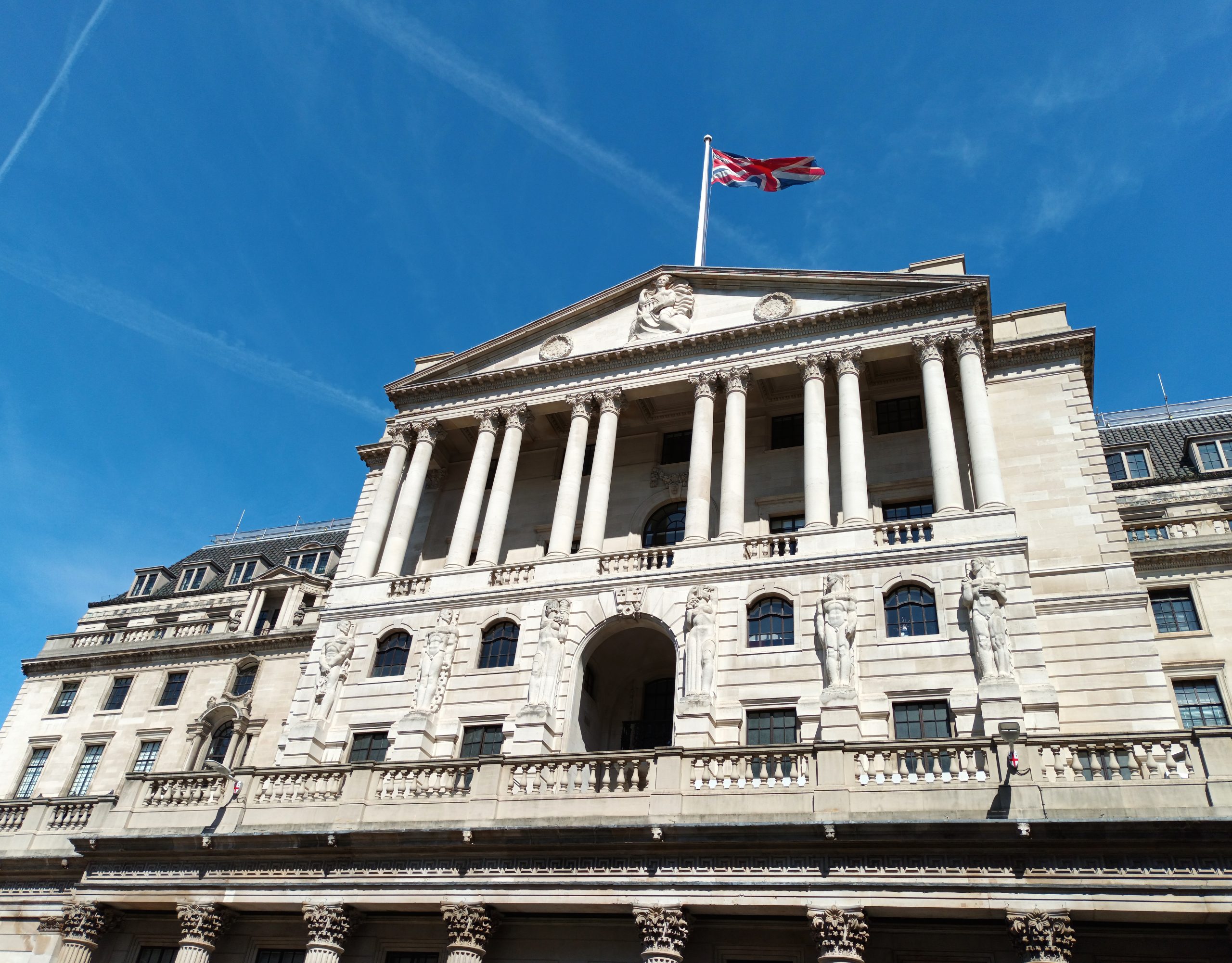
By acediscovery - Own work, CC BY 4.0,
The Bank of England announced a reduction in interest rates by 0.25 percentage points on Thursday, believing that a significant upward adjustment to its inflation projections for this year will be temporary. Meanwhile, two officials advocated for a more substantial rate decrease amid concerns over sluggish economic .
The adjustment to 4.5 percent aligned with the predictions of economists surveyed in a Reuters poll; however, the dissenting votes from external members Catherine Mann and Swati Dhingra, who favored a more pronounced cut to 4.25 percent, were unexpected.
Mann had generally been against rate reductions until now, although she had previously indicated that a transition to a more proactive policy easing would eventually be necessary. Bank of England Governor Andrew Bailey stated that the institution would be “closely monitoring the UK economy and global developments, adopting a gradual and cautious approach to further rate reductions,” marking a departure from his December remarks, which only referenced a “gradual” strategy.
The British economy has experienced minimal growth since mid-2024, hindered by concerns regarding finance minister Rachel Reeves’ proposed tax increases for employers, the potential for a global trade conflict instigated by US President Donald Trump, and escalating costs. The Bank of England cautioned that the economy likely contracted by 0.1 percent in the fourth quarter.
The recent rate cut on Thursday marks only the third reduction since the Bank of England (BoE) began to decrease borrowing costs from a 14-year peak in August. This adjustment maintains British interest rates among the highest in advanced economies, slightly exceeding the range of 4.25-4.5 percent set by the US Federal Reserve.
In a survey conducted last month, economists consulted by Reuters predicted that the BoE would implement four quarter-point rate reductions this year, bringing its primary interest rate down to 3.75 percent. However, more recent market assessments suggest that a reduction to 4 percent is now considered more probable.
The minutes from the February meeting indicated that some policymakers advocated for a “cautious” stance regarding future rate cuts, citing concerns over weak productivity that could lead to increased inflation. Conversely, others perceived a diminished risk of sustained inflation above the target but emphasized the necessity for the BoE to remain “careful.”
The economic outlook for the United Kingdom has deteriorated since the BoE released its last comprehensive forecasts in November.
Inflation, currently exceeding the target at 2.5 percent, is anticipated to reach a peak of approximately 3.7 percent in the third quarter of this year. This increase is attributed to rising energy prices and projected hikes in regulated water bills and bus fares, surpassing the earlier forecast peak of 2.8 percent.
The Bank of England (BoE) does not foresee inflation returning to its 2 percent target until the last quarter of 2027, which is six months later than previously estimated.
Additionally, the central bank has revised its growth forecast for this year down to 0.75 percent, reflecting subdued business and consumer confidence along with sluggish productivity growth. However, projections for annual growth in 2026 and 2027 have been slightly adjusted upward to 1.5 percent from 1.25 percent.
The BoE indicated uncertainty regarding the impact of potential future US tariffs on inflation in the UK, but noted that increased global tariffs are likely to hinder growth, even if the UK is not directly affected.
These forecasts are predicated on market expectations for a more gradual pace of interest rate reductions than anticipated in November, with rates expected to decline to around 4.25 percent by the end of this year, compared to the previously expected 3.75 percent.
The two policymakers who advocated for an immediate reduction in rates to 4.25 percent had differing rationales. The minutes did not specify which perspective belonged to Mann or Dhingra, although one was characterized as endorsing an “activist” approach, a term previously associated with Mann.



